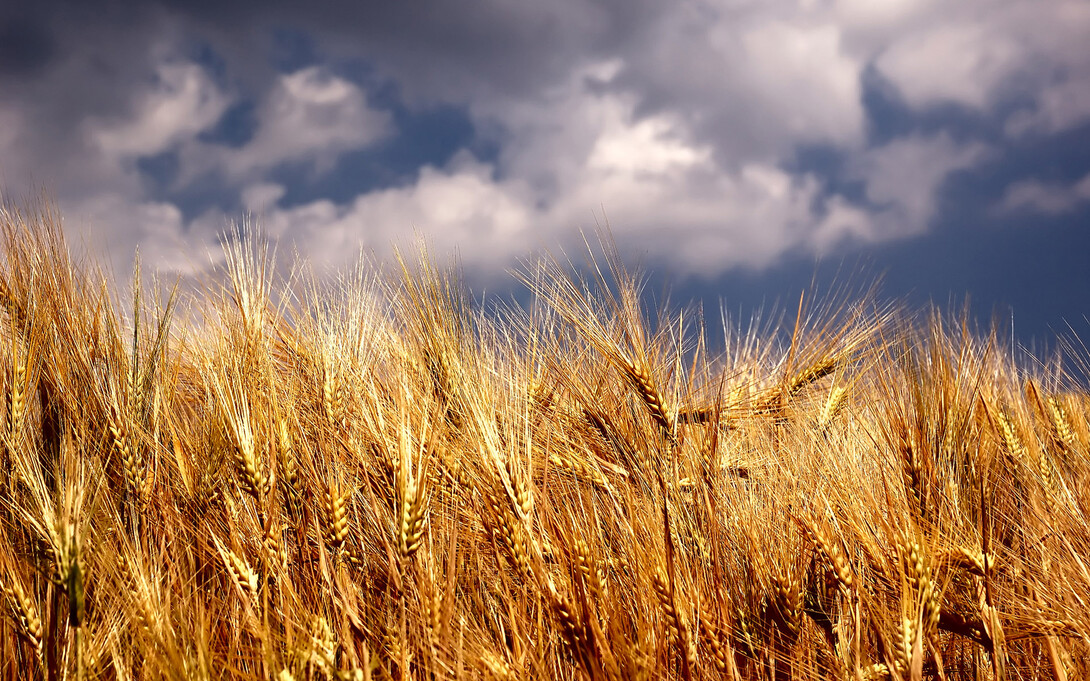
About 30 percent of the major global cereal crops – rice, wheat and corn – may have reached their maximum possible yields in farmers’ fields, according to UNL research published this week in Nature Communications. These findings raise concerns about efforts to increase food production to meet growing global populations.
Yields of these crops have recently decreased or plateaued. Future projections that would ensure global food security are typically based on a constant increase in yield, a trend that this research now suggests may not be possible.
Estimates of future global food production and its ability to meet the dietary needs of a population expected to grow from 7 billion to 9 billion by 2050 have been based largely on on projections of historical trends. Past trends have, however, been dominated by the rapid adoption of new technologies – some of which were one-time innovations – which allowed for an increase in crop production.
As a result, projections of future yields have been optimistic – perhaps too much so, indicates the findings of UNL scientists Kenneth Cassman and Patricio Grassini, of the agronomy and horticulture department, and Kent Eskridge of the statistics department.
They studied past yield trends in countries with greatest cereal production and provide evidence against a projected scenario of continued linear crop yield increase. Their data suggest that the rate of yield gain has recently decreased or stopped for one or more of the major cereals in many of the most intensively cropped areas of the world, including eastern Asia, Europe and the United States.
The Institute of Agriculture and Natural Resources scientists calculate that this decrease or stagnation in yield gain affects 33 percent of major rice-producing countries and 27 percent of major wheat-producing countries.
In China, for example, the increase in crop yields in wheat has remained constant, and rate of corn yield increase has decreased by 64 percent for the period 2010-2011 relative to the years 2002-2003 despite a large increase in investment in agricultural research and development, education and infrastructure for both crops. This suggests that return on these investments is steadily declining in terms of impact on raising crop yields.
The authors report that sustaining further yield gain likely would require fine tuning of many different factors in the production of crops. But this is often difficult to achieve in farmers’ fields and the associated marginal costs, labor requirements, risks and environmental impacts may outweigh the benefits.








